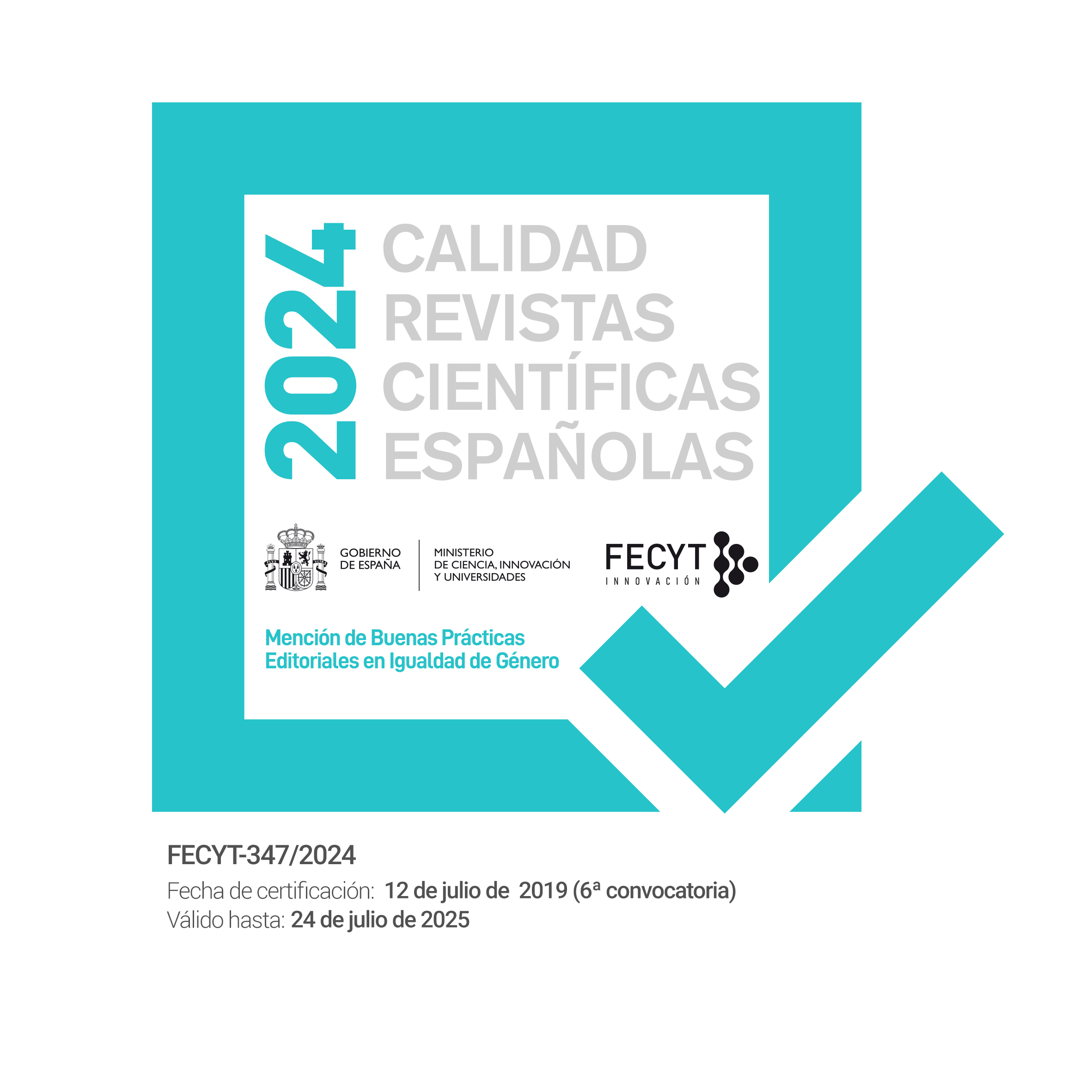En torno al tapíz intitulado Speculum Humanae Vitae que fue de Doña Emilia Pardo Bazán
DOI:
https://doi.org/10.5944/etfvii.11.1998.2314Resumen
En este artículo se presenta un tapiz intitulado speculum humanae vitae, custodiado en el Museo de Bellas Artes de la Coruña, indicándose que la fuente de inspiración del mismo fue un grabado xilográfico al claro obscuro, obra de Andrea Andreani (Mantua 1560-1623), inspirado en un dibujo de Fortunio hecho en Siena en 1588. Se establece la relación del mismo con la Biblia y con la literatura del Siglo de Oro y finalmente se aventura el posible uso de éste desde su manufactura hasta la actualidad indicando que perteneció a Doña Emilia Pardo Bazán. This article presents a tapestry intitled Speculum humanae vitae wich belongs to the Museo de Bellas Artes from La Coruña.
Inspired by a chiaroscuro engraving by Andrea Andreani (Mantua 1560-1623) based on a drawing by Fortunio made in Siena in 1588, this article analyzes its iconography and explicative inscriptions, concluding that this piece belongs to the Counter- Reformation current as opposed to the category oí Reformation vanitas. The relationship between the tapestry and the Bible as well as Golden Age Literature will be discussed. Finally, the functions of this piece from its production and until the present will be postulated noting that it belonged to Doña Emilia Pardo Bazán.







